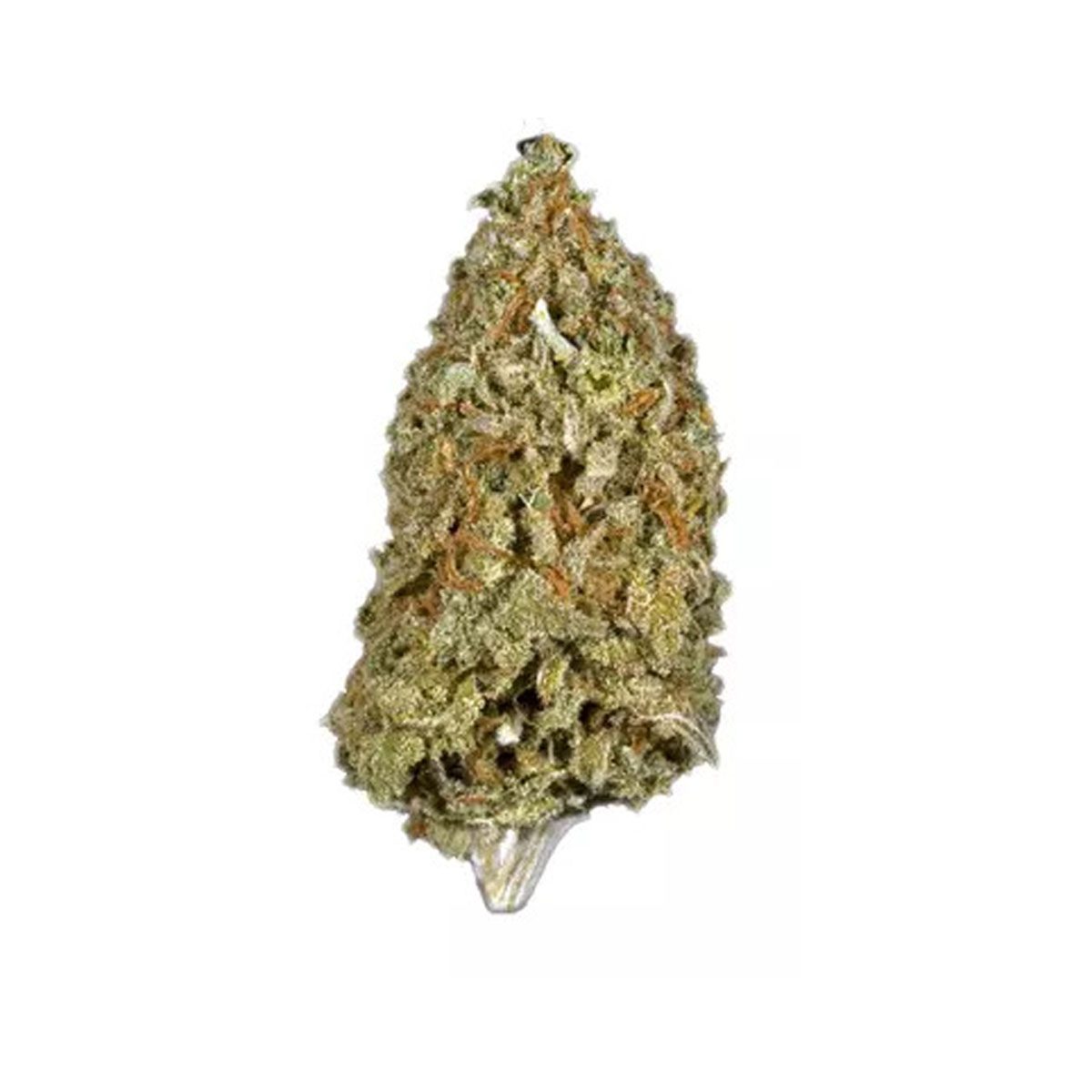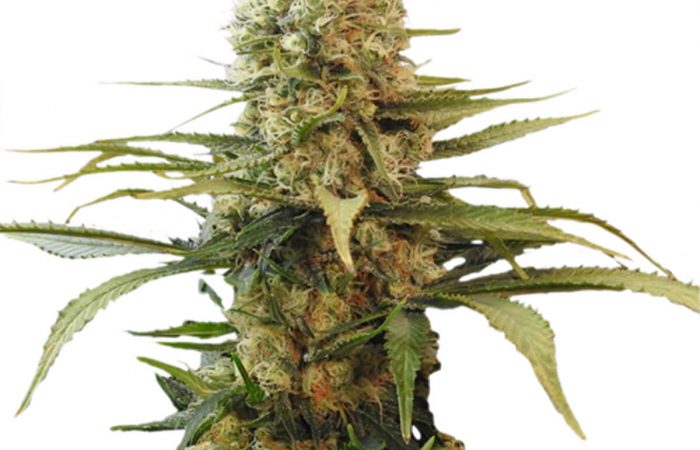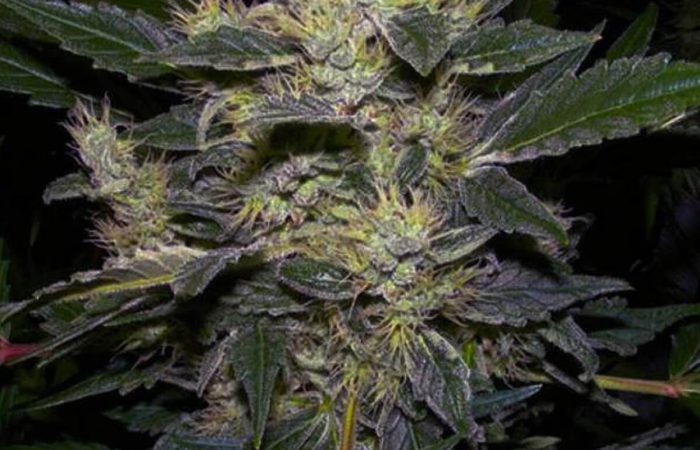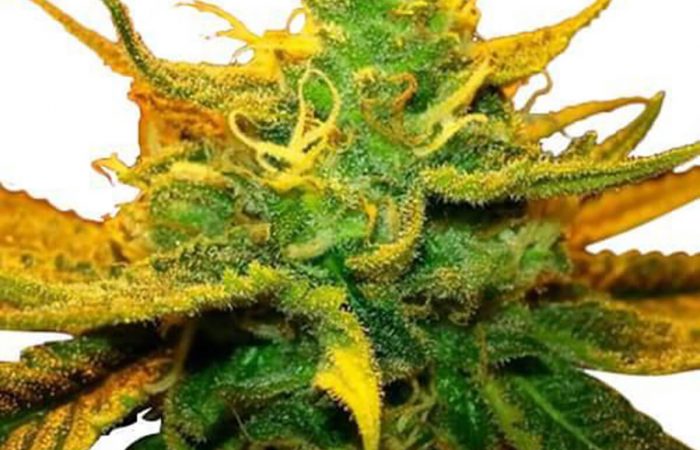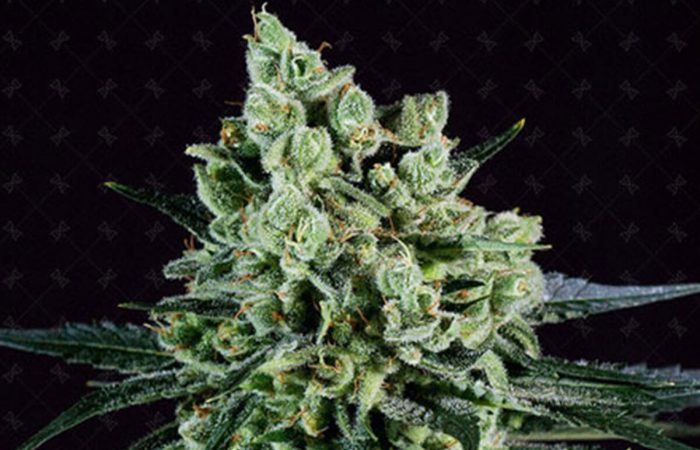Candy Cane Strain FAQ
I found small white spots all over the leaves of my Candy Cane. What could they be?
First possible answer: bug bites
Marijuana plants are susceptible to various pests, including aphids, mites, white flies, and even beetles. While most of these pests can be controlled with pesticide sprays, some of them can cause severe damage to your crop. One of the most troublesome pests is the spider mite. These tiny creatures are barely visible to the naked eye, but they can wreak havoc on your plants. They feed by puncturing the leaves and sucking out the juices, which can cause discoloration and deformities. In severe infestations, the leaves may turn brown and drop off prematurely. Another common pest is the aphid. These tiny insects feed on the sap of the plant, which can distort new growth and stunt the plant’s overall growth. Aphids can also spread diseases from one plant to another. If you suspect your plants are infested with pests, it’s essential to take action immediately. Inspect your plants carefully and remove any insects you find. If the infestation is widespread, you may need to treat your plants with a pesticide. You can help ensure a healthy and bountiful harvest by taking steps to control pests.
Second possible answer: Powdery mildew (if you see fine white powder)
Powdery mildew is a type of fungal infection that can affect cannabis plants, as well as a wide range of other crops. The fungus is characterized by the formation of white, powdery patches on the plant’s leaves and stems. In severe cases, the fungus can spread to the buds, causing them to become discolored and deformed. Wind-borne spores typically spread powdery mildew, and it thrives in warm, humid conditions. To prevent the fungus from taking hold, growers should avoid wetting the leaves of their plants unnecessarily and should carefully monitor the humidity levels in their grow room. If powdery mildew does appear, several chemical treatments can be used to eradicate it. However, these treatments can be harmful to the plant if misused, so it is always best to consult a professional before taking action.
How to make my soil less compact?
Growing cannabis plants can be a rewarding experience, but it requires some basic knowledge of plant care. One key element of successful cannabis cultivation is ensuring the soil is properly aerated. Compaction can reduce airflow and lead to stunted growth or even death. Fortunately, a few simple steps can be taken to prevent compacted soil. For starters, make sure to loosen the soil before planting by using a hoe or other tool. In addition, avoid walking on wet soil, as this can cause compaction. Finally, add organic matter to the soil regularly, as this will help to improve its structure and drainage. Following these simple tips can keep your cannabis plants healthy and prevent compacted soil.
What nutrients are necessary when growing Candy Cane?
When growing autoflowering cannabis plants, it is vital to ensure they get all the nutrients they need to thrive. The three primary nutrients that autoflowers need are nitrogen (N), phosphorus (P), and potassium (K). These are typically abbreviated as NPK. Plants use nitrogen for growth and greening, phosphorus for root development and blooming, and potassium for overall health and vigor.
In addition to these three primary nutrients, autoflowers also need smaller amounts of secondary nutrients like calcium, magnesium, and sulfur, as well as micro nutrients like iron, copper, manganese, and zinc. While it is possible to get all the necessary nutrients from soil alone, many growers prefer to use nutrient-rich fertilizers to give their plants a boost. No matter what method you choose, ensuring your autoflowers get the nutrition they need is essential for healthy growth and bountiful yields.
